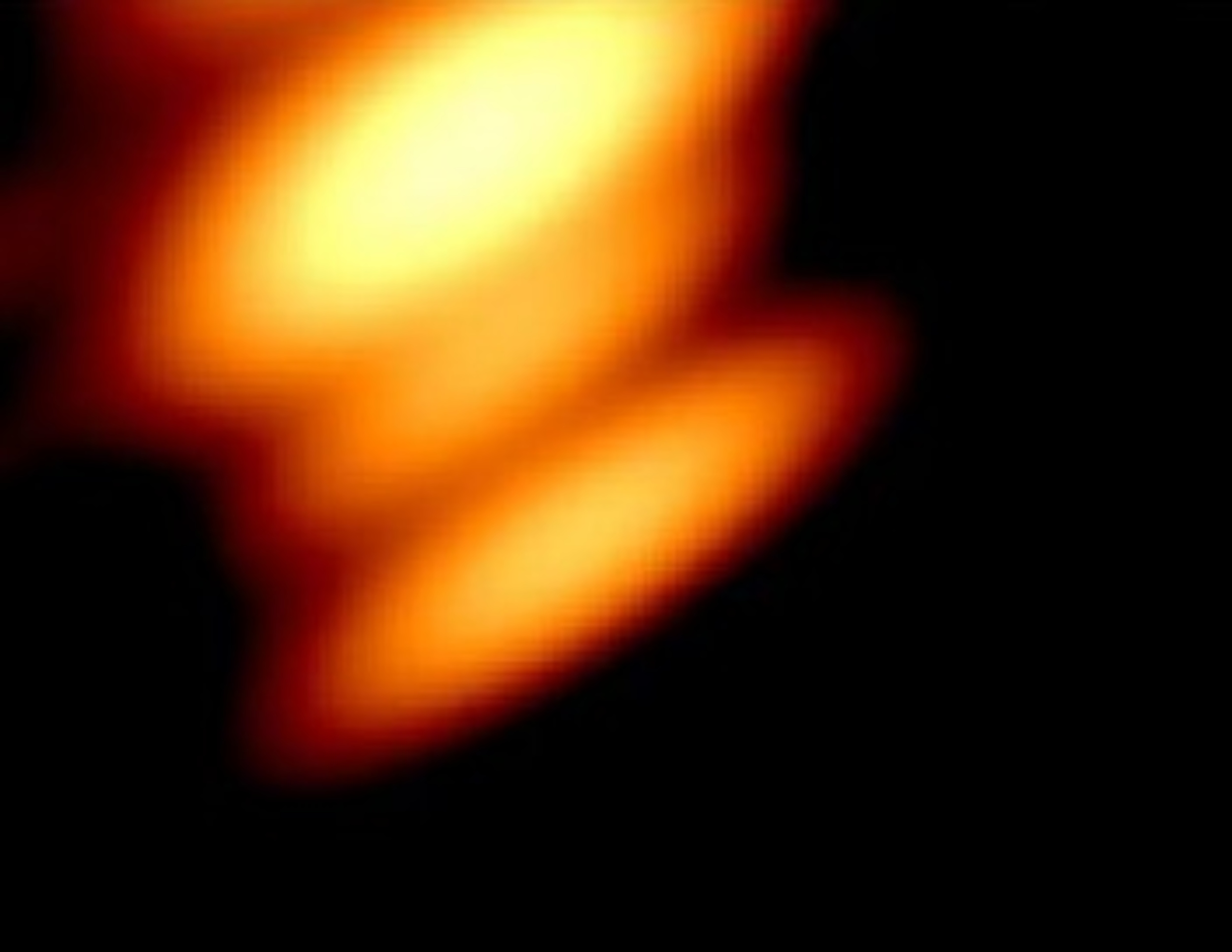Unbelievable Discovery: Dark Matter Could Color Light Red or Blue!

Imagine a universe where darkness isn't just an absence of light, but a mysterious force that could subtly tweak the colors of the light we see! Researchers at the University of York have made a groundbreaking discovery that challenges everything we thought we knew about dark matter and its elusive interactions with light.
This new study, published in the journal Physics Letters B, reveals that dark matter—the invisible substance making up a staggering 85% of the universe’s mass—may actually influence the light passing through its domain. This influence could manifest as a faint tint of red or blue light, depending on the specific type of dark matter interacting with it.
For decades, dark matter was only detectable through its gravitational effects, shaping galaxies and the cosmic fabric without ever shining a light of its own. Scientists have long believed that it remains completely hidden from our electromagnetic senses. Yet, the York team’s findings suggest there might be more to this cosmic enigma than meets the eye.
According to Dr. Mikhail Bashkanov from the School of Physics, Engineering and Technology at the University of York, “It’s a fascinating idea, and what is even more exciting is that, under certain conditions, this ‘color’ might actually be detectable.” The researchers propose that with next-gen telescopes, we might soon measure these color signatures and, in doing so, revolutionize our understanding of dark matter.
The study employs the intriguing concept of the “six handshake rule.” You know, the idea that any two people on Earth are connected through just a few acquaintances? The researchers draw a parallel with particles, suggesting that dark matter could still have an indirect influence on light through a network of intermediary particles like the Higgs boson. This opens up a realm of possibilities for how we study the universe.
While most scientists agree that dark matter is, well, dark, this research pushes the boundaries of that notion. The authors emphasize the importance of designing the next generation of telescopes to detect these potential light alterations. Imagine being able to observe the cosmos not just through gravity, but through the colors that dark matter imparts!
With billions being invested in various dark matter detection experiments, such as those searching for Weakly Interacting Massive Particles (WIMPs) or axions, this research could help refine our search strategies. Dr. Bashkanov points out that, “Our results show we can narrow down where and how we should look in the sky, potentially saving time and helping to focus those efforts.”
As we stand on the brink of a new era in astrophysics, this research could fundamentally change our approach to understanding the mysterious fabric of the universe. We might soon uncover secrets about dark matter that have eluded us for far too long, making the quest for knowledge not just a search in the dark, but a vibrant journey of discovery.


















